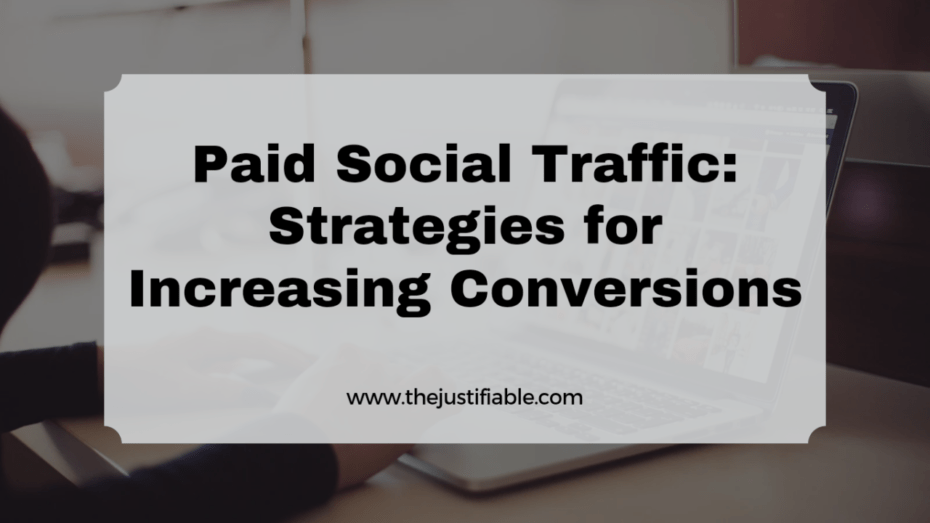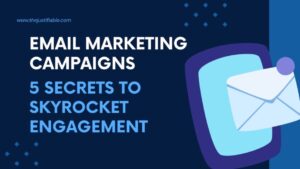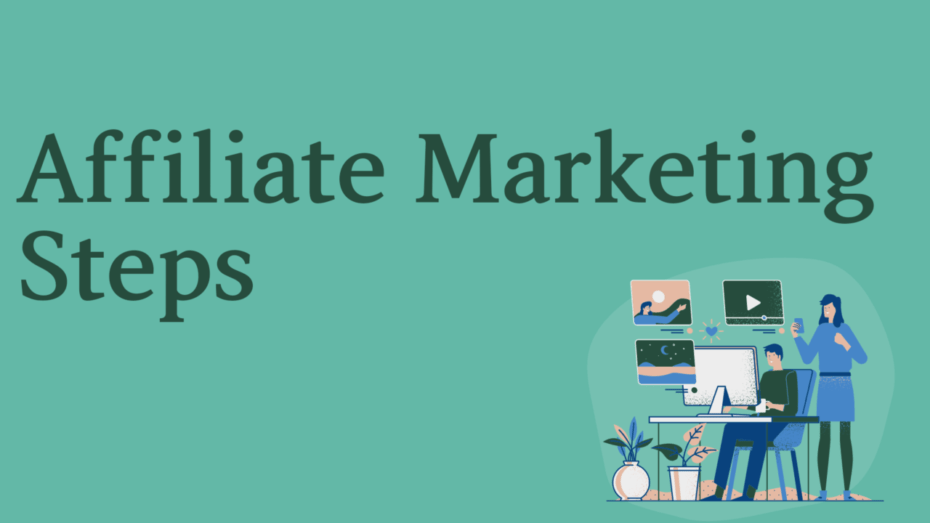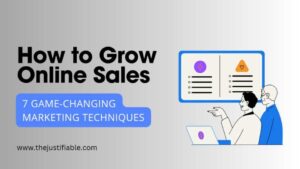Paid Social Traffic: Strategies for Increasing Conversions! In the dynamic landscape of digital marketing, understanding the various avenues to reach potential customers is crucial. One such powerful avenue is paid social traffic. Its definition and importance for businesses form the crux of this section.
Definition of Paid Social Traffic
Paid social traffic refers to the users who visit your website or online platform as a result of paid advertising on social media platforms. These platforms include, but are not limited to, giants like Facebook, Instagram, Twitter, LinkedIn, and Pinterest.
Unlike organic traffic, which comes from users naturally stumbling upon your brand’s content or profile on social media, paid social traffic is generated through strategic advertising campaigns.
Businesses pay to have their ads placed in the feeds of users who fit their target demographic. The cost models can vary – some businesses pay per click (PPC), others pay per impression (PPM), and still others pay per action, like a completed purchase or form submission.
The primary goal is to turn these paid visitors into conversions, whether that’s measured in sales, sign-ups, or another action of value to the business.
Importance of Paid Social Traffic for Business
The importance of paid social traffic in the modern business landscape cannot be overstated. With billions of users active on social media platforms daily, businesses have the opportunity to reach an unprecedented number of potential customers. But beyond just the scale, there are several reasons why paid social traffic is critical for businesses.
Firstly, paid social traffic allows for precision targeting. Social media platforms have a wealth of user data, from basic demographics to specific interests and behaviors. Businesses can use this data to ensure their ads are seen by the most relevant audience, increasing the likelihood of conversions.
Secondly, paid social traffic is measurable and trackable. The analytics provided by social media platforms allow businesses to track the effectiveness of their campaigns in real time. This data can provide valuable insights, guiding businesses in optimizing their campaigns for maximum conversions.
Finally, paid social traffic can significantly enhance brand visibility and recognition. Even if a user doesn’t click on an ad the first time they see it, repeated exposure can lead to brand recall, making them more likely to think of your brand when they’re ready to make a purchase.
Overview of Different Paid Social Traffic Platforms
As the digital era progresses, various social media platforms have emerged as significant channels for generating paid social traffic. These platforms have unique characteristics and demographics, making them suitable for different advertising objectives. Let’s take an in-depth look at some of these key platforms.
Facebook Advertising
Facebook, with its vast user base, is a powerhouse of paid social traffic. Businesses can take advantage of Facebook’s detailed demographic data, including age, location, interests, and behavior, to reach their target audience.
Facebook’s advertising options are diverse, ranging from image and video ads to carousel and slideshow formats. Coupled with advanced targeting and retargeting capabilities, Facebook ads can significantly boost brand visibility and conversions.
Instagram Advertising
Owned by Facebook, Instagram shares the same extensive advertising infrastructure, but with a more visual-centric approach. Instagram’s demographics skew younger, making it an ideal platform for brands targeting millennials and Gen Z.
Businesses can leverage Instagram’s emphasis on aesthetics through sponsored posts, stories, IGTV, and shopping ads. Through compelling visuals and creative content, businesses can drive significant paid social traffic from Instagram.
Twitter Advertising
Twitter’s real-time and conversational nature offers a unique platform for businesses to generate paid social traffic. Twitter ads can take the form of promoted tweets, accounts, or trends, and can effectively increase brand awareness, engagement, and website clicks.
Businesses can target audiences based on interests, keywords, and even the accounts they follow, making Twitter a flexible and potent tool in a social media advertising strategy.
LinkedIn Advertising
LinkedIn is a professional networking platform, making it a prime channel for B2B advertising and high-quality lead generation. LinkedIn ads offer options like sponsored content, InMail, and text ads.
Through detailed targeting by job title, industry, company size, and more, businesses can reach decision-makers and industry influencers, driving high-value paid social traffic.
Pinterest Advertising
Pinterest operates like a visual discovery engine, where users come to find inspiration and ideas. Businesses, particularly in the creative, home decor, fashion, and food industries, can use Pinterest’s Promoted Pins to reach users in a buying mindset.
With Pinterest’s unique visual search and shopping capabilities, businesses can drive significant paid social traffic that’s more likely to convert.
Strategies to Increase Conversions from Paid Social Traffic
In the realm of digital marketing, harnessing paid social traffic effectively is both an art and a science. However, increasing conversions from this traffic necessitates a strategic approach. Let’s delve into the key strategies that can enhance your conversion rates from paid social traffic.
Utilizing High-Quality Creative Content
High-quality creative content serves as the cornerstone of any successful social media advertising campaign. With the myriad of content vying for users’ attention on social media, your ads must stand out.
This means employing eye-catching visuals, engaging videos, or compelling storytelling that resonates with your target audience. Innovative and original content not only garners attention but also encourages sharing, thereby increasing your reach and potential for conversions.
Precise Audience Targeting
The success of a paid social campaign heavily relies on reaching the right audience. Precise audience targeting involves using the demographic, psychographic, and behavioral data available on social media platforms to refine your ad delivery.
It’s about ensuring your ads reach users who are most likely to be interested in your product or service. Well-targeted campaigns result in higher engagement rates and, ultimately, improved conversion rates.
Effective Ad Placement
Ad placement plays a crucial role in the visibility and performance of your ad. It’s not just about being on the right platform, but also about being in the right place on that platform. For instance, on Facebook, you can place ads in the News Feed, right column, or Stories.
The effectiveness of each placement can vary based on your target audience and campaign objectives. By testing and optimizing ad placement, you can significantly increase your chances of conversion.
Optimizing for Mobile Users
With the surge in smartphone usage, optimizing your paid social ads for mobile users is non-negotiable. This involves ensuring your website is mobile-friendly, your ads are designed for small screens, and the ad content is concise and engaging.
A mobile-optimized ad experience not only improves user engagement but also facilitates smoother customer journeys, thereby boosting conversions.
Engaging Ad Copies
Your ad copy is the voice of your brand in the ad, and it plays a crucial role in convincing users to take action. An engaging ad copy is clear, concise, and compelling, offering a unique value proposition to the audience. Incorporating strong call-to-actions (CTAs) is also a critical element of high-converting ad copies.
Tips to Enhance Your Paid Social Traffic Campaigns
Paid social traffic campaigns require strategic planning, diligent execution, and consistent optimization to yield the desired results. The following tips are designed to help you enhance the effectiveness of your campaigns and improve conversions.
A/B Testing in Paid Social Traffic Campaigns
A/B testing, also known as split testing, is an invaluable tool in optimizing your paid social traffic campaigns. The concept involves creating two versions of an ad (A and B) that are identical in every way except for one variable. This variable could be anything from the ad copy to the image, headline, or call-to-action.
By running these two ads simultaneously to the same audience, you can analyze which version performs better based on your predefined metrics, such as click-through rate or conversion rate. The insights gathered from A/B testing can help you make data-driven decisions to optimize your ads, leading to improved performance and higher conversions.
Using Analytics for Campaign Improvement
Analytics play a pivotal role in enhancing your paid social traffic campaigns. Social media platforms provide extensive analytics, offering insights into the performance of your ads. This includes metrics like impressions, clicks, conversions, and more.
By monitoring these metrics closely, you can gain a deeper understanding of your campaign performance and identify areas of improvement. For instance, if an ad has a high click-through rate but low conversions, it could indicate a disconnect between the ad and the landing page.
Regularly analyzing your campaign data allows you to make necessary adjustments and improvements, leading to better results over time.
The Role of Retargeting in Boosting Conversions
Retargeting is a powerful strategy to boost conversions from your paid social traffic. It involves showing ads to users who have already interacted with your brand, either by visiting your website, viewing a particular product, or even adding an item to their cart.
These users have already shown an interest in your brand, making them more likely to convert compared to new users. By reminding them of their previous interest through retargeted ads, you can significantly increase the chances of conversion. Social media platforms offer sophisticated retargeting tools, enabling you to create highly targeted and effective retargeting campaigns.
Incorporating User-Generated Content in Ads
User-generated content (UGC), such as customer reviews, testimonials, or social media posts featuring your product, can be an excellent asset in your advertising strategy. UGC adds a layer of authenticity and trust to your ads that’s often more convincing than brand-generated content.
Not only does UGC resonate strongly with potential customers, but it also fosters a sense of community and engagement around your brand. By showcasing real customers who are satisfied with your product or service, you’re essentially providing social proof, which can significantly boost conversions.
To incorporate UGC in your ads, you can create campaigns encouraging your customers to share their experiences with your brand on social media. Remember to always seek permission before using customers’ content in your ads.
Future Trends in Paid Social Traffic
The landscape of paid social traffic is continuously evolving, driven by technological advancements, shifts in user behavior, and changes in privacy regulations.
Understanding these future trends can help businesses stay ahead of the curve and optimize their strategies for paid social traffic. Let’s explore some of these upcoming trends.
The Rise of AI and Machine Learning in Social Media Advertising
Artificial Intelligence (AI) and Machine Learning (ML) are set to revolutionize the realm of paid social traffic. These technologies can analyze vast amounts of data and identify patterns, helping advertisers optimize their campaigns in real-time.
For instance, AI and ML can assist in refining audience targeting by predicting user behavior and identifying high-value prospects. They can also automate A/B testing and ad placement, maximizing efficiency and performance. Furthermore, AI and ML can personalize ad content based on user preferences and behavior, increasing relevance and engagement.
As these technologies become more sophisticated and accessible, we can expect a future where AI and ML play a central role in social media advertising, boosting the effectiveness and efficiency of paid social traffic strategies.
The Impact of Privacy Changes on Paid Social Traffic
Privacy regulations and changes in user privacy preferences are reshaping the landscape of paid social traffic. With regulations like the General Data Protection Regulation (GDPR) in the European Union and the California Consumer Privacy Act (CCPA), businesses are required to be more transparent about their data practices and offer users more control over their data.
Social media platforms are also making changes, like Apple’s App Tracking Transparency feature that allows users to opt-out of tracking. These changes impact the extent of data businesses can collect, affecting audience targeting, ad personalization, and measurement.
Businesses will need to adapt their paid social traffic strategies to these privacy changes, focusing on building trust with users and leveraging first-party data. Privacy-preserving technologies like Federated Learning of Cohorts (FLoC) could also become more prevalent, providing personalized advertising without compromising user privacy.
The Role of Video in Paid Social Traffic
Video content is becoming increasingly influential in paid social traffic. The engaging nature of video, coupled with improvements in internet speeds and mobile technology, is driving this trend. From short-form videos on platforms like TikTok and Instagram Reels to longer content on YouTube and Facebook, video offers unique opportunities for businesses to connect with their audience.
Video ads can showcase a product in action, tell a compelling story, or provide valuable information, resonating with users and encouraging engagement. With social media platforms enhancing their video capabilities, businesses can leverage features like shoppable videos, interactive elements, and immersive formats like 360-degree videos.
In the future, we can expect video to play an even larger role in paid social traffic, with businesses needing to hone their video content skills to stay competitive.
Conclusion: Maximizing Your Paid Social Traffic Conversion Rates
As we’ve seen throughout this exploration, paid social traffic is a dynamic and effective tool for businesses aiming to increase their conversions.
By understanding its fundamentals, leveraging different platforms, implementing strategic conversion strategies, and keeping abreast of future trends, you can significantly enhance your return on investment from paid social traffic.
Key Takeaways for Boosting Conversions from Paid Social Traffic
In the realm of paid social traffic, some of the key strategies to boost conversions include utilizing high-quality creative content, targeting your audience precisely, placing ads effectively, optimizing for mobile users, and creating engaging ad copies.
Techniques such as A/B testing, analytics-driven campaign improvement, retargeting, and the use of user-generated content can also significantly enhance your conversion rates.
Learning from successful case studies can provide actionable insights. Whether it’s a fashion brand boosting sales through Instagram ads, an online retailer reducing cart abandonment with Facebook retargeting, or a B2B software provider increasing leads through LinkedIn ads, there’s a wealth of knowledge to draw from in shaping your strategies.
Navigating Future Changes in Paid Social Traffic
Looking ahead, there are several key trends set to shape the future of paid social traffic. The rise of AI and Machine Learning will bring about a new level of efficiency and precision to social media advertising.
The ever-evolving privacy landscape will require businesses to be increasingly transparent and innovative in their data practices. Lastly, the growing dominance of video content presents both a challenge and an opportunity for businesses to engage their audiences in compelling new ways.
Successfully navigating these changes will require adaptability, a commitment to learning, and a customer-centric approach. In doing so, you can ensure your paid social traffic strategies remain effective and conversion-focused, no matter what the future brings.






